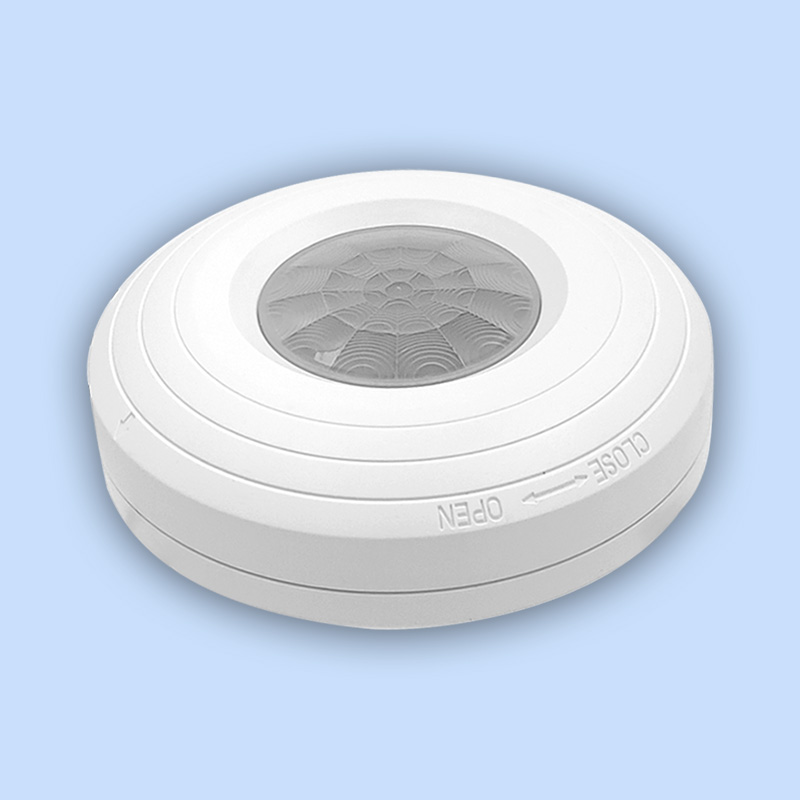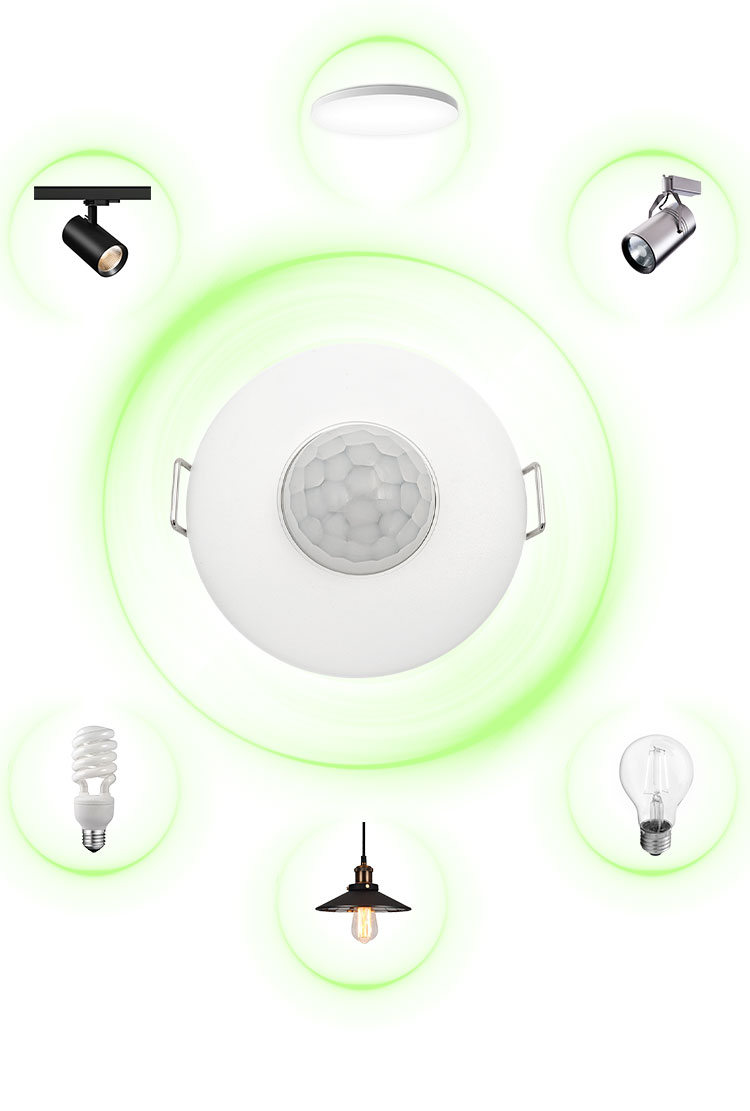

Types and working principles of sensors
A sensor is a device that receives signals or stimuli and responds to them, converting the physical or chemical quantities being measured into a corresponding output. It is used in automation control, security equipment, and other applications. In the field of stimulation physiology, electronic stimulation devices are commonly used to obtain electrical stimulation.
Applications: Automation control, security equipment, etc.
Definition: “A device or apparatus that can detect a specified measured quantity and convert it into a usable signal according to a certain law, typically composed of a sensitive element and a conversion element.” A sensor is a detection device that can sense the information of the measured quantity and convert the detected information into an electrical signal or other required form of information output according to a certain law, to meet the requirements of information transmission, processing, storage, display, recording, and control. It is the primary component in achieving automatic detection and automatic control.
Or, “A device that accepts power from one system and typically delivers power to a second system in another form.”
By Technology Type
Ultrasonic Sensors - Temperature Sensors - Humidity Sensors - Gas Sensors - Gas Alarms - Pressure Sensors - Acceleration Sensors - Ultraviolet Sensors - Magnetic Sensors - Magnetoresistive Sensors - Image Sensors - Electrical Quantity Sensors - Displacement Sensors.
By Application
Pressure sensors - Temperature and humidity sensors - Temperature sensors - Flow sensors - Liquid level sensors - Ultrasonic sensors - Water immersion sensors - Illuminance sensors - Differential pressure transmitters - Acceleration sensors - Displacement sensors - Load cells.
Application Fields
The applications of sensors span across mechanical manufacturing, industrial process control, automotive electronics, communication electronics, consumer electronics, and specialized equipment.
Specialized Equipment
Specialized equipment mainly includes professional electronic devices used in medical, environmental protection, and meteorological fields. Currently, the medical sector is a rapidly growing market with substantial sales and high profitability for sensors, driving demand for miniaturization, low cost, and high reliability in sensor technology15.
Industrial Automation
Sensors in industrial applications include those for process control, industrial machinery, and traditional measurements of process variables (e.g., temperature, liquid level, pressure, flow rate), electronic characteristics (current, voltage), and physical quantities (motion, speed, load, and strength). Additionally, proximity/positioning sensors are experiencing rapid advancements17.
Communication Electronics
The surge in mobile phone production and the integration of new features have created opportunities and challenges for the sensor market. The rise of color-screen and camera-equipped phones has increased sensor applications in this sector. Furthermore, ultrasonic sensors for cordless phones and magnetic field sensors for data storage are expected to see strong growth19.
Automotive Industry
The sophistication of modern advanced automotive electronic control systems heavily depends on the quantity and performance of pressure sensors. A standard family car typically incorporates dozens to nearly a hundred sensors, while luxury vehicles may use over 200 sensors of 30 to 100 different types
Working Principle & Structure
Sensors convert energy from one form to another, falling into two categories: active and passive.
Active sensors directly transform energy without requiring external power - think of solar cells generating electricity from light. Passive sensors work differently; they modulate external energy inputs to measure specific characteristics of objects or processes. These measured objects can be solids, liquids or gases, in either static or dynamic states. The sensors detect various physical or chemical properties, converting them into measurable electrical signals for analysis.
Historical Development & Key Roles
Every automated system relies on sensors as its "sensory organs" - they provide crucial feedback by measuring system outputs (like voltage, flow rate or speed) and converting these measurements into usable control signals.
Human senses have limitations, and sensors have actually been overcoming these limitations since ancient times. The Egyptians used balance scales for weight measurement, while 16th century scientists developed liquid-expansion thermometers. Modern electrically-based sensors emerged with advancements in electromagnetism, with significant boosts from vacuum tube and semiconductor technologies. Today's sensors predominantly output electrical signals, forming the backbone of modern automation.








